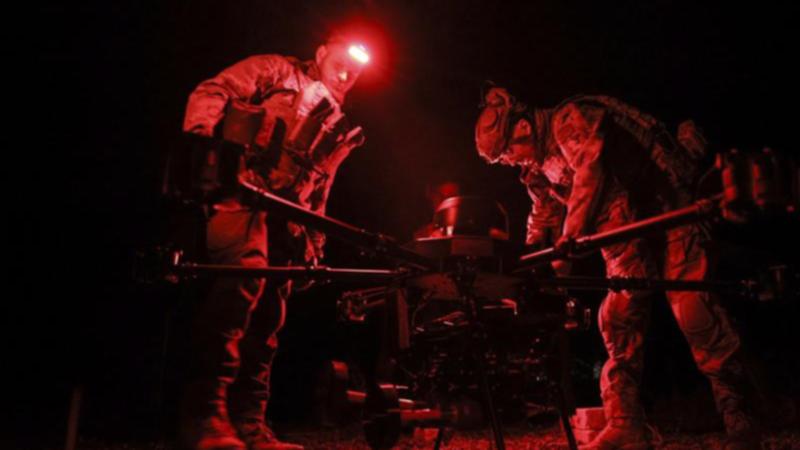THE ECONOMIST: Why Europe should invest in Ukraine’s robust defence industry

You may well think that these are particularly difficult times in Ukraine. Last year’s American aid package is nearly used up, and no one expects another. Russia is preparing for another spring offensive and pummelling Ukraine’s cities from the sky. Donald Trump’s efforts to secure a peace deal have not even yielded a proposed 30-day ceasefire.
In fact, the mood in Kyiv is markedly more confident than it was when last year’s spring offensive loomed. One big reason is that Ukraine is much less reliant on foreign kit. The country’s defence industry, largely abandoned after the collapse of the Soviet Union, is once again firing on all cylinders. This year production is expected to amount to around $US15 billion ($24.4b) of armaments, up from just $US1b in 2022, the year Russia’s full-scale invasion began. Hundreds of tech startups have joined older state-run firms in manufacturing artillery, ammunition, armoured vehicles and — above all — drones and missiles.
The drones have transformed the battlefield. Churned out in their thousands by new Ukrainian companies, they are cheaper and often better than Western versions. Short-range drones can spot anything that moves, swooping in to take out a tank or an exposed Russian soldier. Longer-range drones and missiles can hit command centres, ammunition dumps, barracks and industrial targets. Being home-made, they are not subject to foreigners’ restrictions on what can be hit.
Sign up to The Nightly's newsletters.
Get the first look at the digital newspaper, curated daily stories and breaking headlines delivered to your inbox.
By continuing you agree to our Terms and Privacy Policy.Ukrainian officials say their troops are now killing between seven and ten Russians for every soldier they lose. The result is that, although Ukraine is still heavily outnumbered, the imbalance in manpower matters less than it did. That is why Russia has been battling for almost nine months, at gruesome cost, to take the small city of Pokrovsk (with a pre-war population of 60,000). Russia occupies around 19 per cent of Ukraine, almost exactly the same proportion as it did at the end of 2022. No one now talks, as they used to, of an imminent Ukrainian collapse.

Yet the improvement in Ukraine’s battlefield fortunes would be even more striking if European governments, and the EU itself, stepped up. One way to meet Ukraine’s defence needs is to send it more Europe-made kit, but that is tricky because most defence companies are reluctant to scale up production in the absence of long-term contracts.
Instead, the Europeans should spend their military-assistance money to buttress Ukraine’s own defence industry. Officials say it has the capacity to produce more like $US35b of worth of equipment this year, if only the government could afford to place more contracts.
One option is for European governments to supply Ukraine with weapons that they buy directly from Ukrainian companies. That would allow domestic defence production to expand to the level of existing capacity, and beyond. EU governments could also encourage, with contracts or even co-investment, joint ventures between European and Ukrainian firms. That could help the country develop faster and more accurate offensive missiles, and ideally redress Ukraine’s biggest remaining weakness: its desperate shortage of air-defence missile systems that can knock out incoming Russian missiles. It would also mean that Ukrainian expertise in drone warfare is shared.
Contracting with Ukraine and setting up joint ventures with its firms would be a cost-effective way to mitigate the end of American assistance. Individual European countries, led by Denmark, have already started down this path. These efforts need to be built on. Give Ukrainian defence firms more money, and they will make their own tools to keep Russia at bay.
Originally published as Europe should buy from Ukraine’s defence industry and invest in it too
